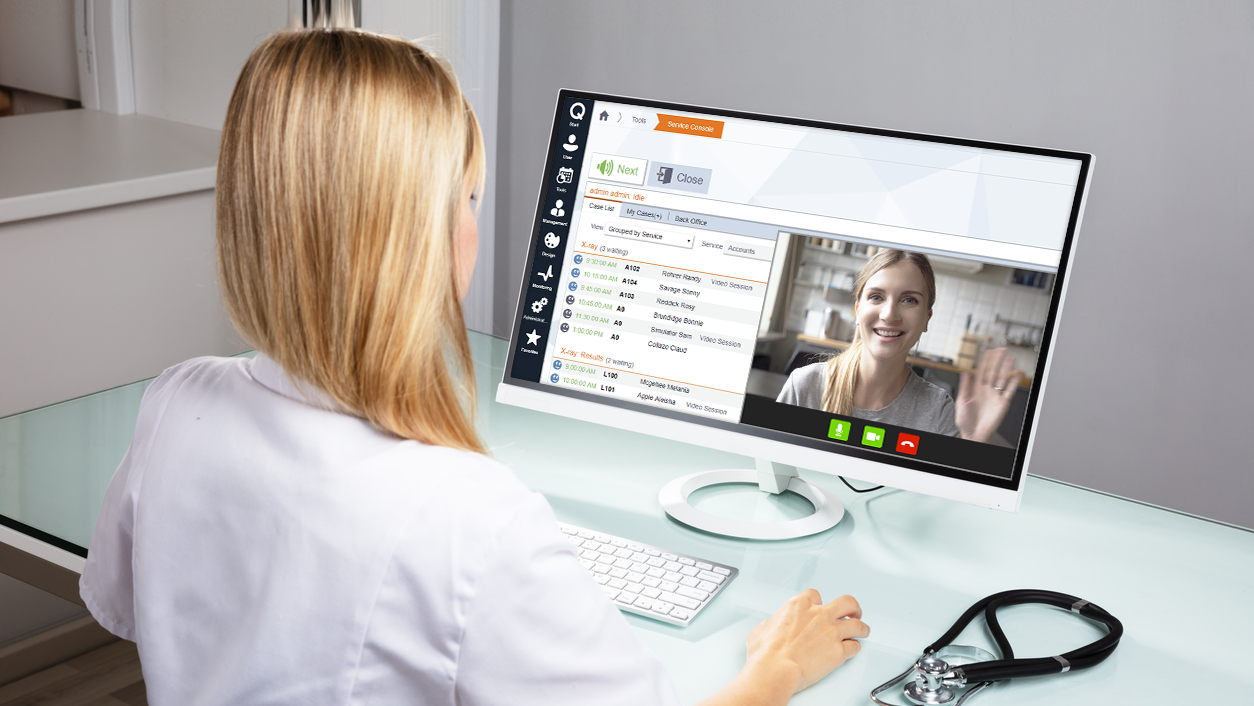The Future of Telehealth– Revolutionizing Patient Care
More than ever, patients have multiple avenues in which to receive care, communicate and engage with their practitioners and healthcare services – one of these being Telehealth.
The use of high definition real-time video sessions and image sharing have revolutionized healthcare for many providers and have become the operational standard for telemedicine services globally. They can engage a wider range of partners, specialists and experts, without the concern of local availability or complex scheduling hurdles.It also supports inter-healthcare communications and collaborations.

Technology has supported (and driven) many of these approaches.
Mental and behavioral healthcare services have traditionally been difficult and expensive to access. Waiting lists for resources and the care needed not only put patients at risk, but the general public as well. Many remote communities lack enough mental health professionals who can meet the needs of the community. Through a comprehensive telemedicine offering, patients and their families can receive the help they need, when they need it, in a safe and confidential setting.
There are many advantages to embracing a telehealth methodology in a clinic or healthcare services environment:
- Real-time, convenient service
- Cost reduction for patients receiving information
- Ability to service remote or mobility-challenged patients effectively
- Ability to support a wider community, geographically and demographically
- Higher volumes of patients being tended to
- Increased ability to follow up with patients, partners and practitioners
- With a robust telecommunications methodology, better interaction and communication between health professionals is supported.
There are also many software solutions and technologies that support telehealth effectively and allow the facility and practitioners to manage the sessions, schedules and staff availability. These solutions can integrate and dovetail into existing data sources and messaging systems to make not only the patient-facing interface simple and intuitive, but simple and easy to manage on the back end as well.
However, there are also challenges:
Beat the challenges with the right tools in a few simple steps:
-
Engage your teams: Get your Administrative and Physicians/Practitioners on board with the methodology. Provide appropriate training and refresh sessions.
- Adopt and deploy the appropriate infrastructure and technology, in advance: Make sure you can support the Telehealth services you want to deploy and that you have the right equipment, installed correctly.
- Sustain the technology: Ensure you have the support and the team required to keep the service operating and able to grow with your business. Do regular maintenance and connectivity tests so you mitigate any delays with patient sessions.
- Management of Resources: With a new technology and service methodology in place, managing the balance of digital vs physical services will indeed be challenging. It will require unique and disparate resources to meet the needs of each service effectively.
- On-Demand Service Processing: Primary care facilities who have adopted the on-demand telehealth service methodology face many struggles … and occasional inefficiencies. Based on that experience, they are now focusing on managing the supply and demand, by providing services such as same day scheduling and filtering methods to enhance services, while optimizing productivity. To ensure the approach is successful, deploying smart workflow tools will ‘shore up’ broader service offerings, based on available resources, and incorporate an Omni Channel approach into their patient services. Just as leading industries’ have proven this approach to be successful, you too can successfully optimize your customers’ experience.
- Day to day Operations: Maintaining the varied and changing schedules for the Telehealth services will be challenging. Having a robust tool to manage appointments for customers and resources/practitioners is critical to your organization’s success now and as you grow.
- Engage your customers: The most important challenge to overcome is to ensure your customers feel they are engaged and that their unique needs are being heard, and ultimately met. Post visit surveys and feedback can help you and your teams better understand customer satisfaction.
With the drive to reduce overhead costs, service more patients and be fiscally accountable to the corporation and shareholders, telehealth will become a larger part of health care in the very near future.
The advantages clearly outweigh the challenges for the case of implementing a telehealth service in your clinic or healthcare facility. While it may not be the best ‘sole solution’, it can certainly be part of your already exceptional set of offering to your patients.

